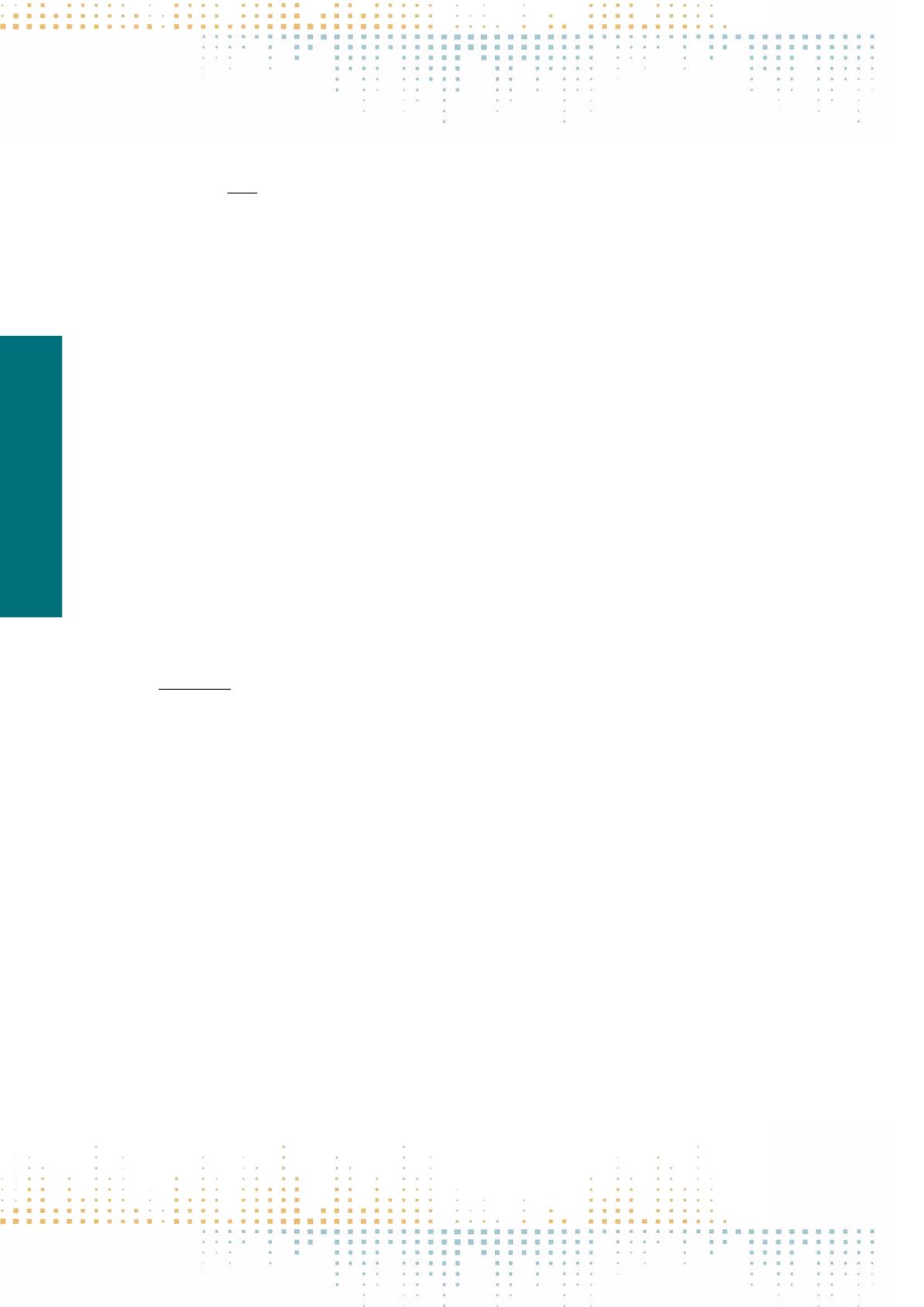

576
Friday, November 11
1 8 : 0 0 – 1 9 : 3 0
PP 472
Germany’s Four Engaged Online Users in Science 2.0: A Typology and Structural Equation Model on Online Engagement, Knowledge
and Attitudes Towards Climate Change
M. Taddicken
1
, A. Reif
1
1
Technische Universität Braunschweig, Institute of Social Sciences, Braunschweig, Germany
Scientific arguments and findings are of growing importance in all dimensions of our everyday lives. Thus, a greater public understanding of and engage‑
ment with science are essential (e.g. Bodmer, 1985; Irwin, 2001). However, scientific processes and topics are often complex, uncertain, tentative and
contradictious (author1) – and therefore not easy for laypeople to understand. The media is a crucial factor in the public perception of science. The Internet
especially is not only a massive source for scientific information, but also empowers laypeople to discuss scientific issues by commenting, rating and shar‑
ing online content. Therefore, the participatory web gives users opportunities for a better understanding and active involvement in scientific processes.
Furthermore, the participatory actions of engaged users in the online discourse on science-related information might affect other (not necessarily active)
users. Numerous empirical studies analysed how media affects people’s attitudes and knowledge about the scientific topic climate change. However, most
of them only found minor significant correlations. Olausson (2011) argues that the complexity of media effects are oversimplified, others call for a focus on
individual differences (Falk, Storksdieck, & Dierking, 2007). The application of segmentation approaches to build typologies might contemplate the media
users’ heterogeneity. Focusing on climate change, the best-known work – the Global Warming’s Six Americas study (Leiserowitz et al., 2013) – detected
six significantly differing groups within the American population on attitudes with variations in media use (German follow-up study: Metag, Füchslin, &
Schäfer, 2015). However, research focusing on engaged online users is scarce. Do engaged online users know more about the topic? Do they doubt the (in
Germanmass media overestimated) certainty of consequences and anthropogenity or are they concerned activists?This research investigated engaged (and
not-engaged) online users with a representative German online-survey (n=1,463). Different user segments on climate change attitudes, knowledge and
online engagement are identified by hierarchical cluster analyses. (For further analyses of the complexity of variables, a media effects model will be tested
by SEM.) The results reveal only a few online participants (n=177). Interest is the main driver of online engagement and is the distinguishing variable for
two of the four groups of engaged users especially. Firstly, participating experts, are the most active users (regularly using all forms of online participation
e.g. commenting on blogs) and know most about scientific processes in climate sciences. They are assumed to be involved in sciences by profession or
interest. Secondly, less active unknowing are uninterested and have the lowest level of climate change knowledge. Despite that, they comment and share
content on SNSs and thus become involved through their peers. Surprisingly, no distinct group of sceptical participants was identified. Those who are most
doubtful about anthropogenity are the most passive groups. This study provides information about online media users who have the potential to affect
the discourse and thereby other users’ attitudes and knowledge and about how online engagement is connected to knowledge and attitudes towards
climate change, which can be helpful to address certain online users by topic-related online campaigns.
PP 473
The Role of Climate Visualization in Climate Change Communication – An Audience Perspective
A.G. Ballantyne
1,2
1
Aarhus University, Department of Business Development and Technology, Herning, Denmark
2
Linköping University, Department of Thematic Studies - Environmental Change, Linköping, Sweden
Climate change communication is a rapidly expanding research field with an increasing focus on the communication of research-based knowledge to and
with lay or non-expert audiences. Characterised as a‘wicked problem’, climate change communication involves an array of challenges in terms of complexi‑
ty, the abstract and uncertain nature of climate science, controversy and divergent voices, stakes, and discourses, and perceptions of climate change as a dis‑
tant phenomenon in time and space. Such challenges make it difficult for lay audiences to make sense of and relate to climate change. Climate visualization
has been highlighted as a potential means to address said challenges and increase public engagement with climate change, by creating (interactive) visual
representations of climate change through digital platforms, such as web applications or dome presentations. However, little is known about how climate
visualization affects understandings and interpretations of climate change among various target audiences, including lay people. This paper synthesises
findings from three independent, audience- and case specific studies, focusing on how targeted audiences make sense of climate visualization through dif‑
ferent digital platforms. More specifically, the three studies encompass 1) young people’s interpretations and reflections on climate visualization presented
in a digital dome theatre movie, 2) homeowners’interpretations of and interactions with a web-based visualization platform, and 3) citizens’interpretations
of climate messages as negotiated in a decision arena, which integrates interactive visualisation and participatory research to enable a non-hierarchical
discussion among participants. The three studies share the common characteristics that the visualization tools are designed with a specific target group in
mind and they seek to involve users in climate-related issues, however, they differ in terms of form, i.e. degree of interactivity. Through focus group inter‑
views as a primary methodology and with the specific challenges of climate change communication in mind, we analyse interactions between the climate
visualization and users, specifically focusing on how users make sense of and co-construct climate messages.



















